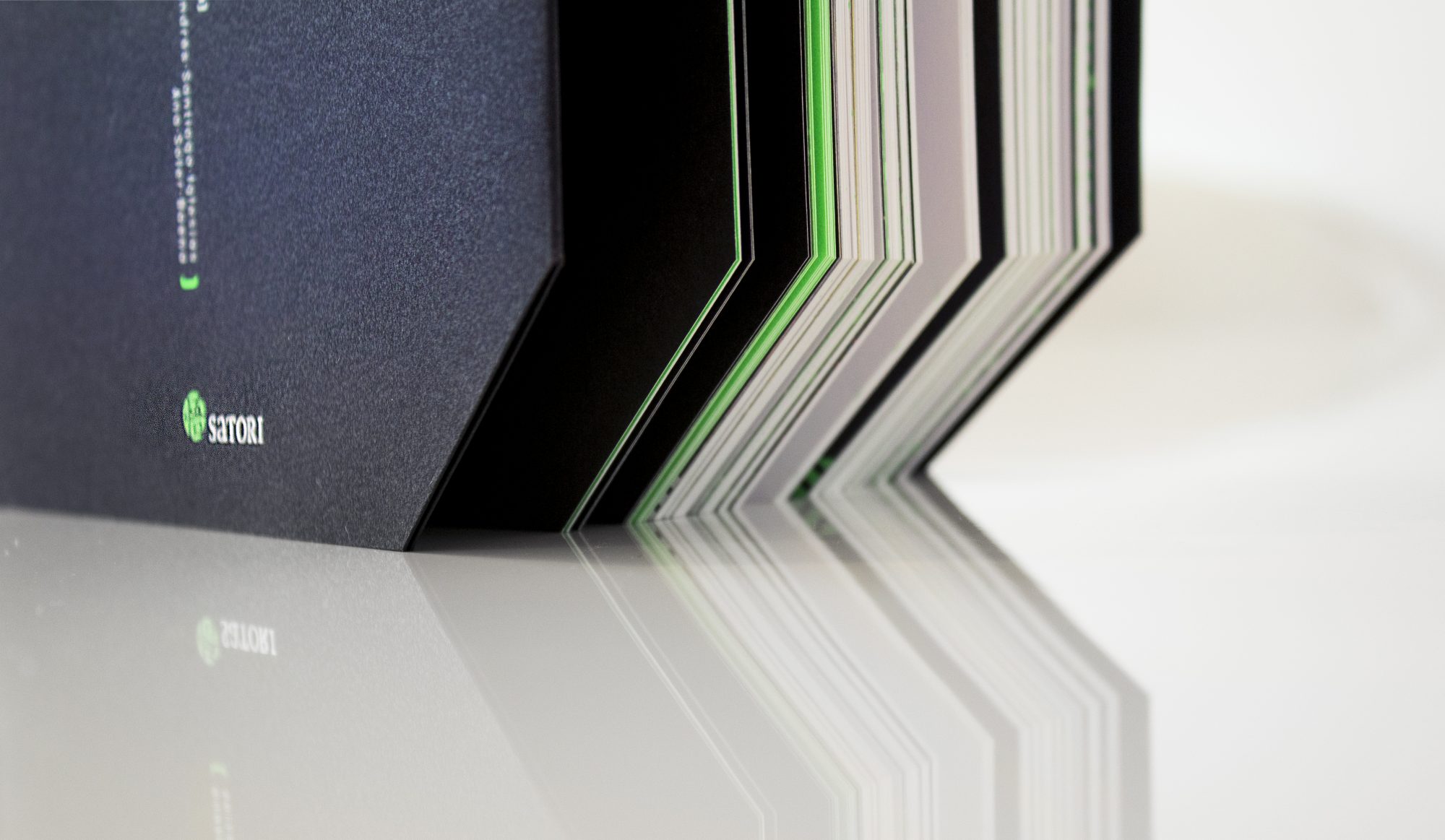_anime studies
approaches to neon genesis evangelion from a media perspective
_ subject matter
_ specialty
_anime studies:
approaches to neon genesis evangelion from a media perspective
This book is the Spanish edition, by the prestigious publisher Satori, of the volume "Anime Studies: Media-Specific Approaches to Neon Genesis Evangelion", published by Stockholm University Press in 2021, within the collection Stockholm Studies in Media Arts Japan. This publication aims to advance the study of anime, understood as a mostly television fiction genre, made in cel animation or cel aesthetics, with a strong affinity to participatory cultures and media convergence. Taking Neon Genesis Evangelion (Shin Seiki Evangerion, 1995-96) as a case study, this volume recognizes anime as a medial form with clearly recognizable aesthetic properties and great (sub)cultural possibilities.

_origin
Since the launch of Anime Studies in 2021, we have believed that a Spanish edition was a must given the great rise of Anime Studies in the Spanish language. Not only in Spain, but also by the huge and thriving academic community in Latin America. In addition to the chapters included in the English edition, this volume includes a new unpublished chapter by Alba Torrents. The translation has been done by Jonathan Lopez-Vera from Daruma, with the advice of David Heredia. In many ways, "ANIME STUDIES" is the definitive version of our book. In addition, given the importance of this release for the Transdisciplinary Comic Studies (ETC) line, and following the tradition of the dx5 group, the objectual character of this book has been taken care of to the maximum; the graphic design plays with the visual codes of the Evangelion GUI, combined with a pentachrome printing with fluorine inks, special papers and silkscreen printing.
_approach
On October 4, 1995, the anime series Neon Genesis Evangelion was broadcast for the first time on TV Tokyo. From that moment on, it became a benchmark of Japanese anime whose influence continues to this day. The series employs the conventions, visual resources and narrative tropes typical of anime in general and of the mecha (or giant robots) genre in particular, but at the same time subverts and reinterprets them in a very innovative way. In investigating anime through Neon Genesis Evangelion, this volume adopts a broad media-aesthetic and media-cultural perspective, which refers to the medium in the narrow sense of technology, techniques, materials, and semiotics, but also to mediality and mediations related to the practices and institutions of production, circulation, and consumption. This book confirms the emergence of anime studies as a field in its own right, including, though not prioritizing, insights from film studies and Japanese studies, and taking into account the most widely disseminated critical publications in Japanese and in English

_on content
In its first part, the book focuses on textual analysis and media form in the narrow sense as it relates to filmic media, sequences, voice acting and musical score, and then broadens the scope to consider subcultural discourse, franchises, manga and video game adaptations, as well as the critical and affective engagement of the user. Contributors to the book include, with different chapters, Jaqueline Berndt, José Andrés Santiago, Stevie Suan, Ida Kirkegaard, Minori Ishida, Heike Hoffer, Manuel Hernández-Pérez, Olga Kopylova, Selen Çalık, Zoltan Kacsuk, Jessica Bauwens, Alba Torrents González and Tatiana Lameiro González.
he publication is available in bookstores throughout spain, as well as in the online store of satori publishing house



